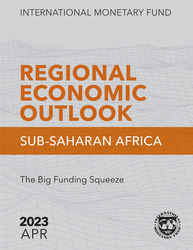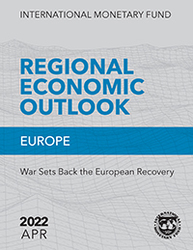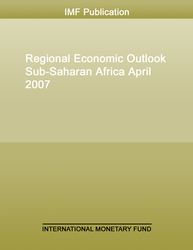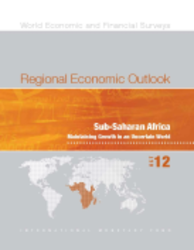
Regional Economic Outlook: Sub-Saharan Africa, April 2023:The Big Funding Squeeze
| English | |||
| French | |||
| Portuguese |
Inflation , Economics- Macroeconomics , International - Economics , Environmental Economics , Geoeconomic fragmentation , trade , debt , foreign direct investment , aid , economic growth , exchange rate , currency depreciation , foreign exchange , international reserves , inflation , public debt , trade balance , Africa , US dollar strength , climate change , green transition , foreign aid , multilateral development banks , concessional finance , funding squeeze , financing condition , exchange rate pressure , anchored inflation , inflation expectation , emergency financing facilities , stickier-than-expected inflation , sub-Saharan Africa address , financing environment , countercyclical financing , monetary policy tightening , inflation projection , Exchange rates , Climate finance , Food prices , Fiscal consolidation , Sub-Saharan Africa , Global



